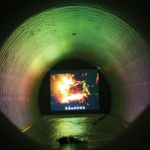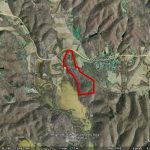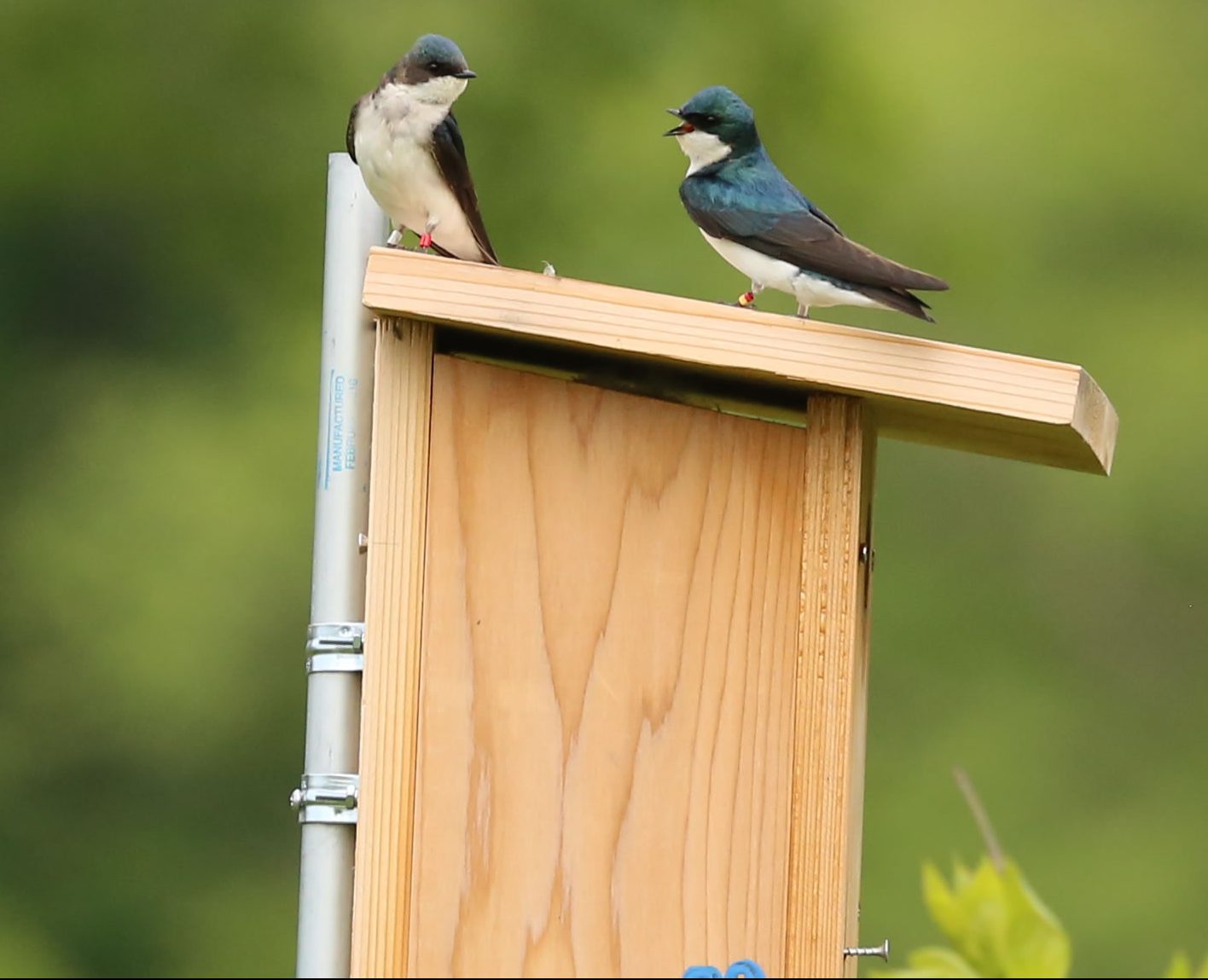In addition to the resources provided by affiliated programs, departments, and research centers/institutes and the well equipped laboratories of the program faculty, potential trainees will be interested in knowing about the following:
The Animal Behavior Program
The Animal Behavior Program offers generous support in the form of two core facilities and is directed by Program Faculty member Cara Wellman. The Program’s main office building is available for use 24 h/day and houses the William J. Rowland Reading Room, student office space, a kitchen, and two seminar rooms equipped with a digital projection system where students and faculty meet and interact regularly via seminars, classes, workshops, and journal clubs. The program management assistant, Jessica Smith, coordinates the seminar series, the graduate Animal Behavior Minor, and the annual Animal Behavior Conference and is available to assist students with procuring research supplies, general resource questions, and any practical problems that might arise. The Mechanisms of Behavior Lab has equipment and supplies needed for molecular genetic, neuroendocrine, biochemical, and immune assays, including a microplate spectrophotometer with low-volume DNA/RNA/protein quantification, thermocyclers, Vertical and Horizontal gel electrophoresis rigs, a Microplate absorbance plate reader and washer. The facility is coordinated by full-time manager, Dr. David Sinkiewicz, who is available to train students and faculty in a wide range of techniques including gene sequencing, steroid and peptide  hormone measurement, electrophoresis, genotyping and sequencing, microarray, PCR/RT-PCR, and other gene expression assays.
hormone measurement, electrophoresis, genotyping and sequencing, microarray, PCR/RT-PCR, and other gene expression assays.
The Kinsey Institute (KI)
The Kinsey Institute was founded in 1947 and holds an extensive internationally renowned collection of library, archival, art, photographic, and artifact items related to sexuality and sex research. It also houses research laboratories for studying human sexual response and maintains rich databases to support research. Program and affiliated faculty associated with KI include Garcia, Heiman, Ketterson, Lewis and Sanders.
sexuality and sex research. It also houses research laboratories for studying human sexual response and maintains rich databases to support research. Program and affiliated faculty associated with KI include Garcia, Heiman, Ketterson, Lewis and Sanders.
The Center for Genomics and Bioinformatics (CGB)
CGB is a multidisciplinary support center in genomics and bioinformatics that collaborates and assists in projects developed by faculty, and promotes interdepartmental and interdisciplinary interactions. CGB provides facilities and technical expertise to enable researchers to carry out the kinds of large-scale experiments that have become critically important in the life sciences.  Faculty benefitting from the Center include Ketterson, Lively, Moczek, Rosvall, and Wade.
Faculty benefitting from the Center include Ketterson, Lively, Moczek, Rosvall, and Wade.
The Indiana Metabolomics Collaborative
The Indiana Metabolomics and Cytomics Initiative provides access and training for research in state-of-the-art biochemical analysis to include high resolution chromatography, multi-dimensional mass spectrometry, and NMR, as well as other tools for elucidating molecular structure.
Institute for Pheromone Research
The Institute for Pheromone Research is managed by Program faculty member Dr. Milos Novotny. Dr. Novotny is a world-renowned bioanalytical chemist who collaborates with  Dr. Helena Soini to promote interdisciplinary studies of volatile compounds that are important in chemical ecology and chemical communication. Program and affiliated faculty studying with the institute include Demas, Ketterson, Moczek, and Wade.
Dr. Helena Soini to promote interdisciplinary studies of volatile compounds that are important in chemical ecology and chemical communication. Program and affiliated faculty studying with the institute include Demas, Ketterson, Moczek, and Wade.
Imaging Research Facility
 Indiana’s Light Microscopy Imaging Center is housed in Myers Hall in Biology. A state-of-the-art fMRI scanning facility is housed in Psychological and Brain Sciences. More information here.
Indiana’s Light Microscopy Imaging Center is housed in Myers Hall in Biology. A state-of-the-art fMRI scanning facility is housed in Psychological and Brain Sciences. More information here.
IU Research and Teaching Preserve (RTP)
 The RTP consists of seven sites totaling nearly 1600 acres of natural areas located only minutes from the heart of IU’s Bloomington Campus. The sites are: Bayles Road, Bradford Woods, Kent Farm, Griffy Woods, Lilly-Dickey Woods, MMSF Ameriflux Tower, and Moores Creek.
The RTP consists of seven sites totaling nearly 1600 acres of natural areas located only minutes from the heart of IU’s Bloomington Campus. The sites are: Bayles Road, Bradford Woods, Kent Farm, Griffy Woods, Lilly-Dickey Woods, MMSF Ameriflux Tower, and Moores Creek.
Indiana University is fortunate in its relatively rural setting and its land holdings for field research. Kent Farm is a 90+ acre preserve that lies adjacent to property belonging to the Indiana Department of Natural Resources and consists of a caretaker’s house, animal quarters, storage buildings, and a combination of old fields and forest to support research.


 THE COLLEGE OF ARTS + SCIENCES
THE COLLEGE OF ARTS + SCIENCES